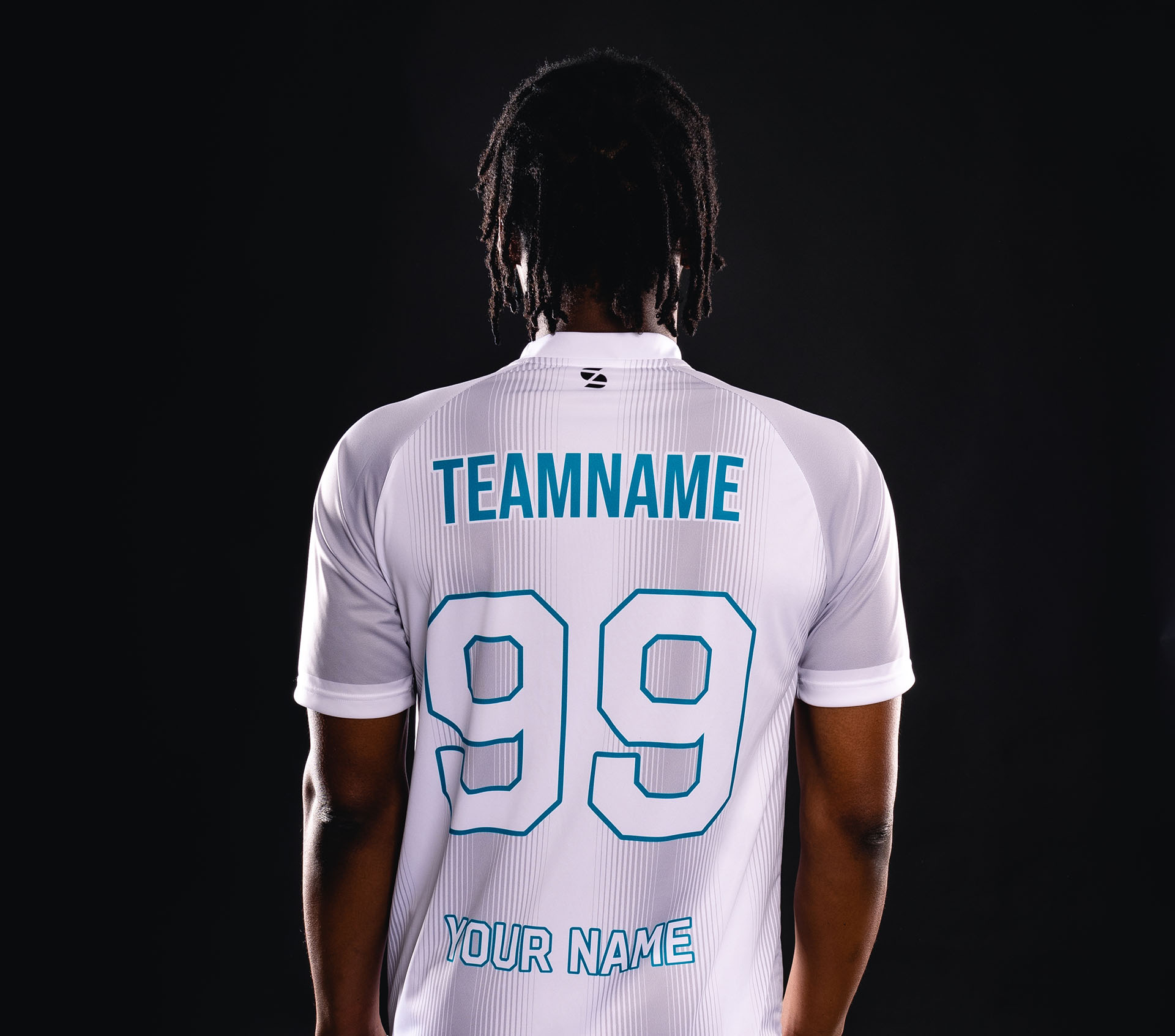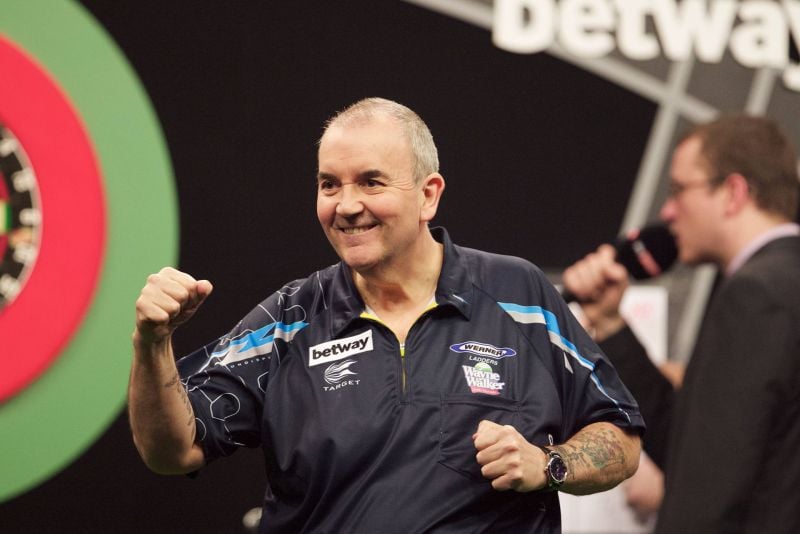The numbers of the defensive players
With the introduction of the offside rule, an additional defender was needed - number 5 was withdrawn to the centre of defence, whereupon numbers 2 and 3 defended a little wider. Later, the four-man backline followed, so another midfielder had to move into the centre of defence. This resulted in the number 2 as right-back, the numbers 4 and 5 as centre-backs and the number 3 as left-back. The "clearer" in front of the defence in central defensive midfield was given the jersey number 6. What has remained in the allocation of football shirt numbers to this day? Defenders tend to have low back numbers and offensive players high back numbers. In addition, most starting goalkeepers have the back number 1.
The numbers of the offensive players
The withdrawal of the midfielders into the defensive chain did not initially have any significant changes for the offensive players. Numbers 7 and 11 remained attacking wingers, the 9 continued to be the goal-scoring centre forward and number 10 the creative face-off station or playmaker. As football became more professional and increasingly popular, football stars developed all over the world, and people tried to emulate them on every football pitch in the world. Creative offensive players in particular became the focus of public attention because of their spectacular style of play. Whether it was Diego Maradona and Pele (both No. 10), Fritz Walter (No. 8) or Karl-Heinz Rummenigge (No. 11): A connection developed between player and shirt number with which football fans could identify their idols and themselves. To this day, the high numbers are among the most popular back numbers in football.






.png)









































































